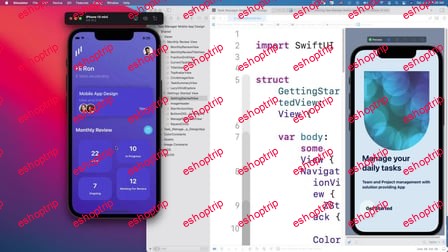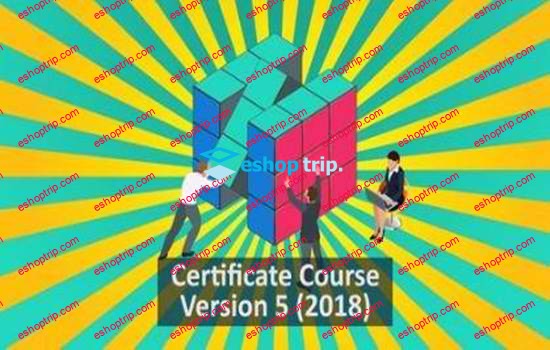Published 06/2022
MP4 | Video: h264, 1280×720 | Audio: AAC, 44.1 KHz, 2 Ch
Genre: eLearning | Language: English + srt | Duration: 12 lectures (1h 42m) | Size: 1.05 GB
For consultants, project managers and business analysts
What you’ll learn
Describe the role of a business analyst
Improve your business analysis skills
How to determine a customer’s requirements
Align business analysis with your customer’s requirements
Understand how Universal Modelling Language helps determine the current and future business model
Learn facilitation for business analysts
Build a personal plan to improve your business analysis skills
Gathering data and information from customers
Requirements
There are no specific requirements for this course. It will help you practice if you are already or intend to be working on projects.
Description
Course Objectives
By the end of this course, you will be able to
Describe the role of the Business Analyst and the skills and attributes required for success
Determine mutually agreed customer requirements and priorities taking into account business objectives and benefits to ensure that any change adds value
Describe how the UML approach is relevant to the Business Analyst and demonstrate basic competence in using Data Flow Diagrams
Understand the principles of facilitation and demonstrate key behaviours to develop confidence as facilitators
Role of the Business Analyst
An introductory session to put the role of the Business Analyst in a business context and enable delegates to consider the key skills and attributes essential for success.
· Role of the Business Analyst as an agent of change
· Key tasks and responsibilities within the Development Lifecycle
· The key skills and attributes of the Business Analyst
· Delegates are encouraged to identify their own strengths and weaknesses as the start point for personal improvement
Overall Approach to using UML in Business Analysis
A high-level view of the approach and UML techniques available to assist with Business Analysis
· What is UML?
· Approach for Business Analysis
· Where the UML techniques fit
An example UML model using Data Flow Diagrams to gather information and evidence
Defining Business Requirements
Requirements should be business-oriented and non-technical in their nature. Unclear or ambiguous requirements are the main causes of problems later in the project. It is important to produce well documented and understood requirements owned by specific users for commercial benefit.
· The difficulties we face when defining requirements
· Types of requirements – constraints, functional and non-functional
· How to go about gathering requirements
· Wants vs. Needs
· Documenting requirements
· Evaluation of requirements – business impact (business objectives, cost, benefits and risk), adequacy of current support and business priorities
Interviewing Skills and other associated fact-finding methods
The ability to gather accurate and detailed information is critical to the success of business analysis. The most popular method is interviewing but as an interactive communication skill, it is difficult to do well.
· Need for a thorough approach – Who, What, Why, When, Where and How
· Advantages and Disadvantages workshop – looking at the following methods – Interviewing, Observation, Questionnaires and Analysing Documents
· Interviewing in detail – planning, arranging, preparing the structure, conducting and controlling the Interview, types of questions to use, the need for active listening, documenting the results
What is Facilitation?
Across most large organisations, facilitation has become a recognised and effective approach to help groups of people make changes, solve problems, develop commitment or resolve conflict. This session introduces facilitation and highlights its benefits.
· What is Facilitation?
· The benefits
· Role and responsibilities of the facilitator
· Role and ground rules for the participants
· Stages in the facilitation process
Facilitative behaviours/group dynamics
This session looks in more detail at the people side of running effective facilitated workshops.
· Building trust and empathy
· Working in pairs/smaller groups
· What makes a good listener/active listening
· Picking up on non-verbal signals
· Group dynamics
Who this course is for
This course is for business analysts, consultants and project managers. It is also a great primer for internal management consultants an change managers.
It is also useful for managers leading internal change management projects and programmes
The course could also be useful for early researchers completing an MBA or Masters project or dissertation
HOMEPAGE
https://anonymz.com/?https://www.udemy.com/course/fundamentals-of-business-analysis2/











Reviews
There are no reviews yet.